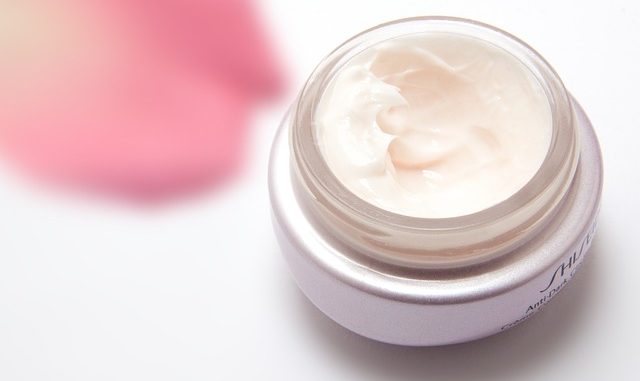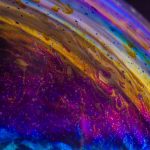
Very often you will read an ingredient list on a skin cream or lotion and see it has some extremely complex and often scary language. There are ingredients in that list which will never enter common parlance unless you are product development expert in cosmetics and personal care products. We discuss one of those – the role of silicones.
One of the most important groups of ingredients in these creams are the silicones and there are a number of them in use. We have dimethicone for example.
How Do Silicones Work ?
When you apply a balm to the skin, there is a strong silky and smooth feeling as if the cream might never be absorbed but just run smoothly over the skin. Very often the cream leaves a matt finish and in a number of cases that is exactly the impression to be created. The effect is generated by silicones such as dimethicone. Some ingredient lists will label it as polydimethylsiloxane. Some other commonly used silicones include cyclomethicone, dimethiconol, and phenyl trimethicone
The function of a silicone is it converts a stubbornly thick cream into one which glides evenly over the skin without too much effort. The texture effect helps to smooth out wrinkles, fill in surface pores and fine lines. In other functional terms it is also a critical ingredient of primers including ‘pancake’.
The silicones are polymers which are extremely large and generally insoluble in water. Some of them are used as antifoams but in this case they act as skin barriers. Their inclusion means they will not be inadvertently rubbed off in harsh weather. It is also marketed as a skin protecting agent and in medical terms is often used for wound treatment and healing, and for treating skin lesions including sarcoid, dry patches and eczema.
In the medical sense, the silicones help to minimise skin irritation. Some products designed purely for anti-chafing rely heavily on these agents. One of the reasons it works is by locking in moisture which also helps in protection.
Incidentally, silicones are safe to use and in small amounts can be ingested although whole-scale ingestion is never recommended.
Other products include cleaning fluids, shampoos and moisturisers.
The silicones have courted controversy in their time and there are many web-sites devoted to dismissing and contradicting many of their properties. It’s worth noting that silicones are inert chemicals and have a reputation as important skin barrier agents. For some, a dimethicone free product is ideal although it helps some in the application of their creams.

Leave a Reply